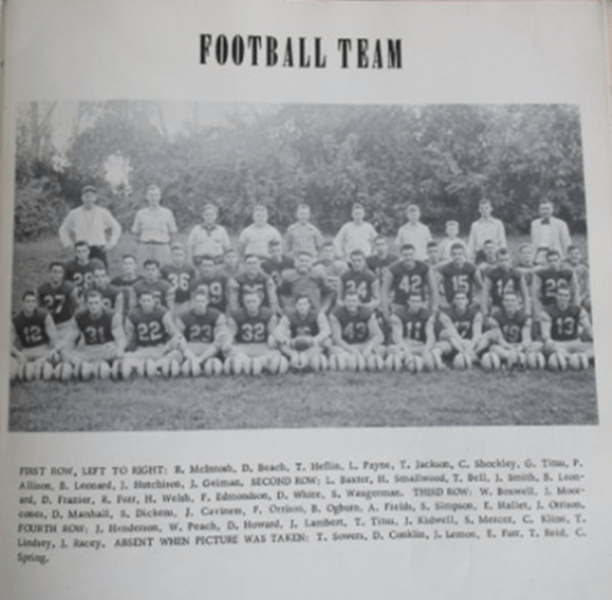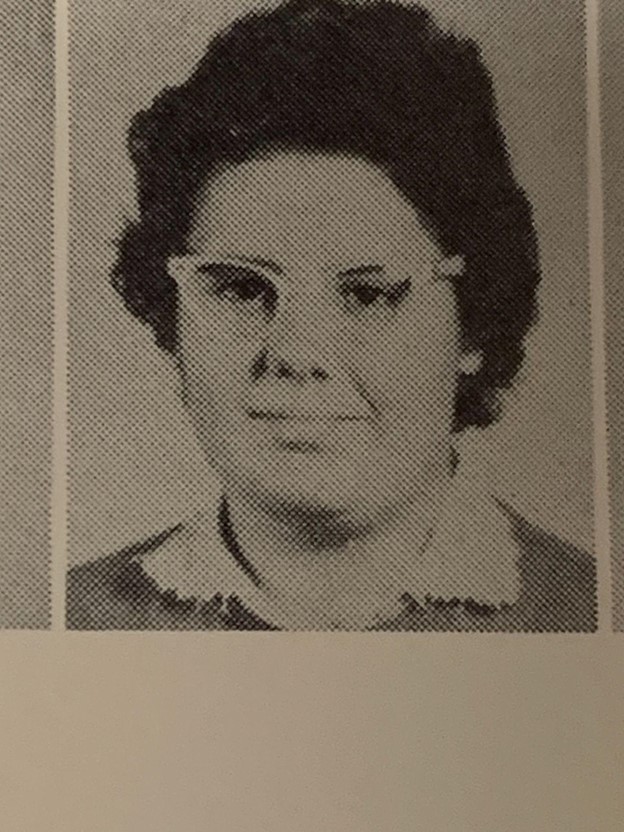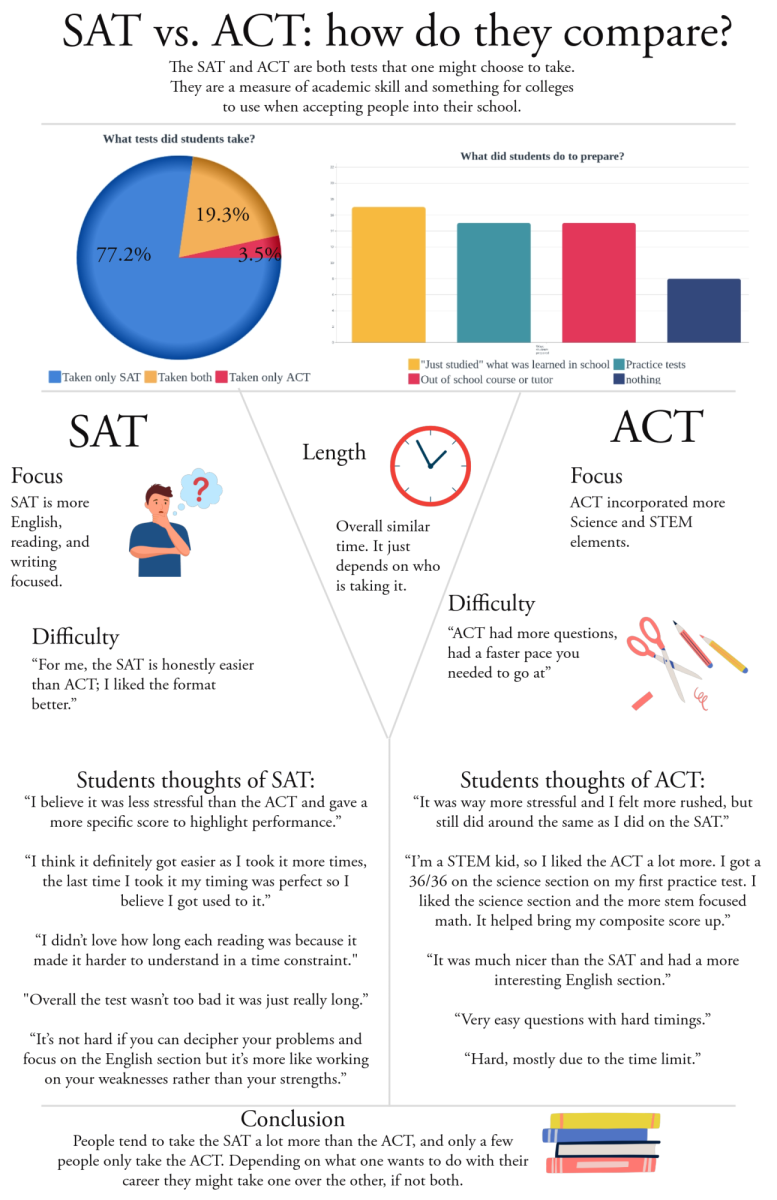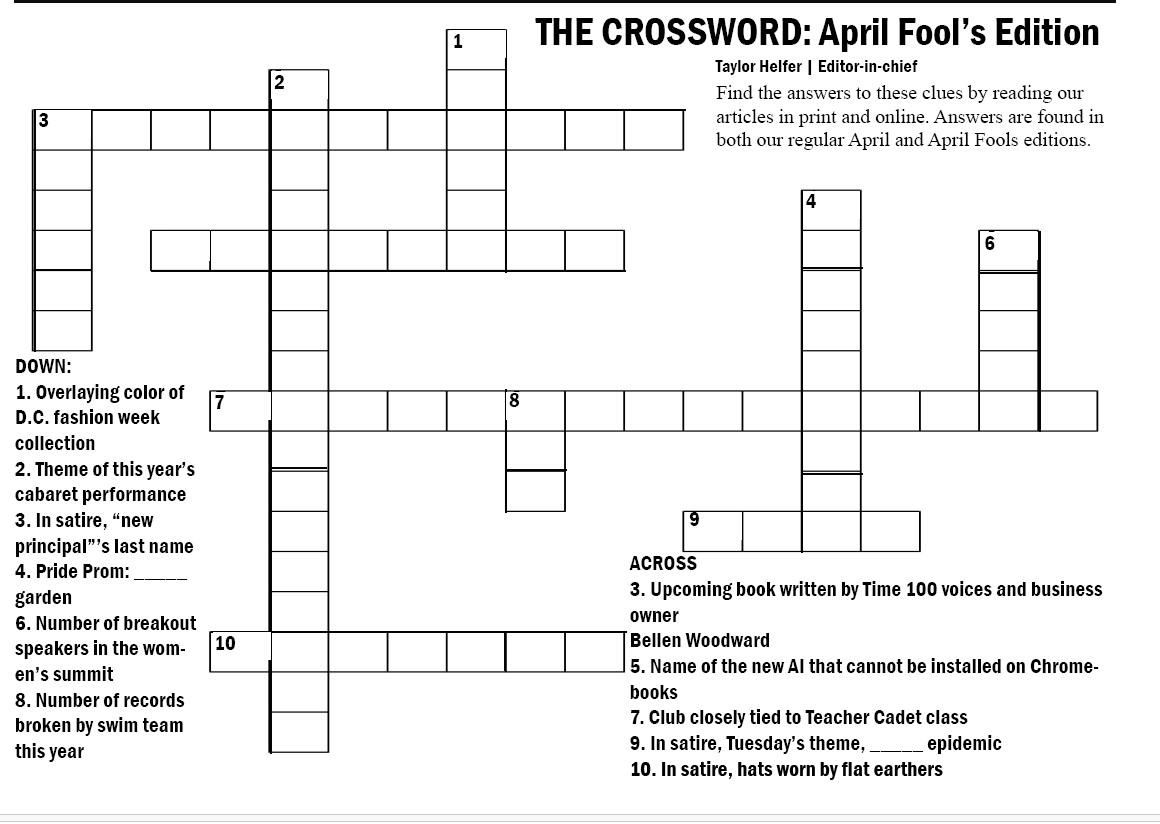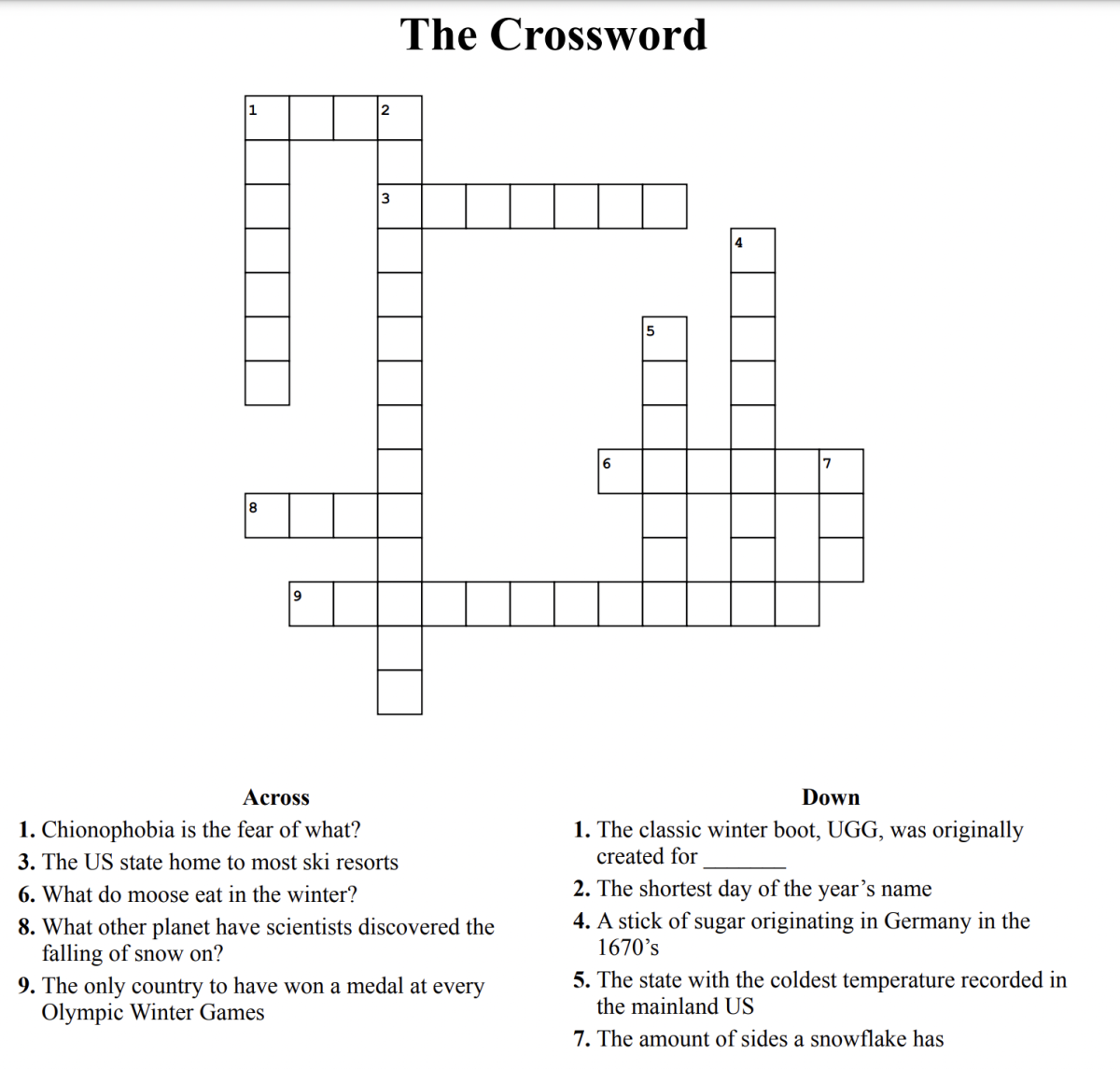This school year brought with it a new format to study halls. Students are now required to spend the first 20 minutes reading, followed by 50 minutes of silent, independent, work, and ending with 20 minutes for group work. However, the new format is more of a hindrance than it is helpful to students.
The new format was primarily created by teachers Danielle Parke, Stephane Longchamp, and Valerie Rife, with input from all staff and administrators. For more information about the format itself, read Brianna Martinez’ article “New study hall format creates potential academic changes.”
The majority of students surveyed for this article responded negatively against the new format.
“I think right now I think we have a good format… I think it’s good, it’s just a matter of making it a routine. Like anything, it kind of takes a minute to get used to it, but I think the format of the 20 minutes of reading, the structured study time, [and] the group work at the end is good,” Parke said.
Parke went on to say the new reading period “promotes literacy, which is super important for all of our students.,” which is true. There is just a better time and place for it. Most English classes for 9th and 10th grade already have 20 minutes of reading. Other English classes do plenty of reading or assign it.
According to My Kids Vision, an organization that specializes in kids eye care, high schoolers spend nearly nine hours on their phones. If the goal is simply to get students off their phones with the new format, an extra 20 minutes one way or another is just a drop in the bucket.
Then there is the question of what else could students be doing during the 20 minute reading time? For students who do have work to do, they get 20 minutes thrown away where they could be completing said work. For students who don’t have any work, they will likely just go on their phone immediately after the 20 minutes is up. It’s a lose-lose situation. As for students who choose to not do their work in study hall, natural consequences.
The teacher meetings a few times a quarter are nice for students who need the help, a possible annoyance to those who don’t, but it is a minor thing that will probably end up being helpful. “In the first quarter alone, there were, I think 50, it might have been more than this…but the number of students that were at minimum failing one class was just, we felt [was] way too high,” Longchamp said.
This article is not asking for another complete overhaul of study halls. All the new study hall format needs is an asterisk that says if you have work to do, etc., you should be able to do it, and you shouldn’t have to abide by the format.










